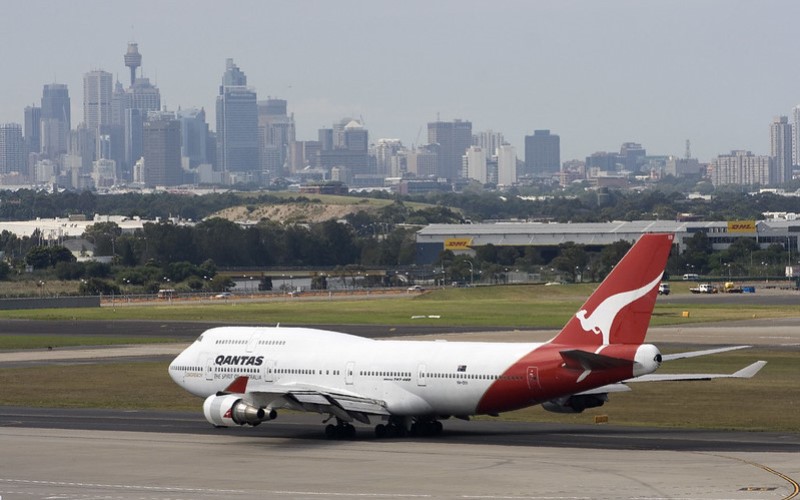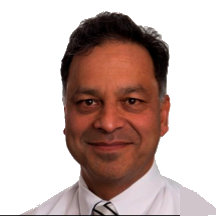Our migration program: many questions with no answers
December 5, 2021
Consultations with the public on immigration have been rendered meaningless, and Home Affairs appears unable to provide any detail on its plans.
The Department of Home Affairs (DHA) last month began its annual consultations on next financial years migration program based on this rather bland and largely unhelpful document. A series of webinars has been organised for different stakeholder groups where questions can be asked. I was surprised to be invited to the webinar for academics and researchers.
Between 1995 and 2006, I was responsible for organising these annual consultations. I notice two critical differences between those consultations and this current round.
First, the consultations I was required to organise were based on a series of public meetings in all capital cities and a range of smaller towns in regional Australia. These meetings were personally led by then immigration minister Philip Ruddock. Whatever people think of Ruddocks politics, he did make himself available to respond directly to questions from the public. The media was there to report and ask its own questions.Todays consultations are run entirely by public servants for selected invitees. Whatever involvement the minister has appears to be confined to smaller private meetings, most likely with favoured lobby groups.
Second, preparation for each years consultations previously began with a review of progress against the current years planning levels and a forecast for the following year assuming no change to policy settings. The minister would introduce each public meeting with a discussion of these trends.
In the current consultation document, the DHA pretends that the detailed planning levels for 2021-22 are unchanged from those of 2020-21 despite the fact the outcome for 2020-21 was significantly different from that years planning levels and that the size and composition of the application pipelines for each visa category will by now be substantially different.
For example, it is highly likely that the backlog of partner visa applications which the DHA had illegally allowed to develop is likely to have largely been cleared in 2021-22. Does that already mean a much larger skill stream in 2022-23?There will be significantly fewer temporary entrants in Australia who may qualify for an employer-sponsored permanent visa in 2022-23, particularly from the crucial feeder group of skilled temporary entrants.
State and territory governments have become reluctant to nominate migrants directly from overseas only South Australia is currently considering this. What impact will this have on state/territory nominated categories both in 2021-22 and 2022-23?
While there is a large backlog of business skills cases, the DHA has already boosted the size of this category in 2020-21. Is it planning to further increase this category in 2021-22 and 2022-23 to make up any shortfall?The DHA has been reluctant to issue many invitations in the skilled independent category in 2021-22. Is it planning to continue this practice in 2022-23?
The implications of all this are that the composition of the 2022-23 program will inevitably be very different to that of 2019-20 and 2021-22 even if the overall program remains at the current 160,000.That is quite likely given the recent comments of Prime Minister Scott Morrison, especially if the size of the program is decided in a March budget ahead of a May election.Morrison is highly unlikely to announce an increase in the program ahead of an election even if Treasury has assumed the program will be increased to 190,000 from 2023-24.
It is also relevant that the DHA provides no information on how the current years program is trending or what is happening to application and grant rates, particularly on the crucial onshore-versus-offshore split. The DHA has advised me that it doesnt have planning levels for the split.
In my day, we used flexible planning levels for each visa category and for each onshore and offshore processing office to ensure we knew where the program was heading and to assess resourcing needs of each office. Each office was required to regularly update its planning levels for each visa category unless the category was subject to an s85 cap.It is hard to believe the department does not still do this.
I also asked the DHA for a breakdown of the governments net migration forecast in the 2021 budget which highlights the most rapid increase in net migration in our history (see Chart 1).

At a Senate estimates hearing earlier this year, DHA secretary Mike Pezzullo advised that he had no knowledge of this forecast and that senators would need to ask Treasury.It is now almost six months since Pezzullo gave that response and I had assumed the DHA would by now have consulted Treasury on a breakdown.After all, it will be DHA policies and administration that will largely determine whether this forecast is delivered.
For example, what has the government assumed for the contribution to net migration of migrants who are offshore when they receive their visa once international travel resumes?What has it assumed for the contribution of Australian and New Zealand citizens beyond the now outdated data published about 12 months ago?
What has it assumed for the contribution of overseas students to this rapid growth in net migration, noting that prior to the pandemic students were contributing over 40 per cent to net migration? Sadly the recently released international education strategy is of no help in this regard.
What has Treasury assumed for the contribution of the low-skilled farm worker visas the government has announced?What has Treasury assumed for the contribution of the asylum seeker scam that was contributing around 25,000 a year to net migration prior to the pandemic? Has it assumed the scam will resume or not? Has it made any assumptions about removal of the large number of asylum seekers who have now been refused?
I was astonished when the DHA advised me it still did not have any of this detail and would need to ask Treasury. I fear Treasury also does not have a response.
Finally, I asked the DHA about the recently introduced permanent residence visa stream specifically for Hong Kong passport holders, and whether this meant the government had abandoned Bob Hawkes principle of non-discrimination on the basis of nationality in the permanent migration program.
DHA insisted this was not the case and that the special Hong Kong visa stream should not be viewed as a precedent.Nonplussed by this response, I asked if Immigration Minister Alex Hawke had been advised that in creating this special visa stream for Hong Kong passport holders, he was contravening a long-standing principle of Australian immigration policy. The DHA agreed to check and get back to me.I wont be holding my breath.

